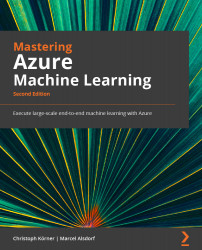Remembering the importance of data
Many algorithmic problems for predictions and model fitting are hard to model, compute, and optimize using classic optimization algorithms or complex heuristics. Supervised machine learning provides a powerful new way to solve the most complex problems using optimization and a ton of labeled training data.
Some may think you just should throw a metric ton of data at a model. Imagine that you have thousands of pictures of the same bird from every possible angle. A trained model based on those pictures would probably not be very predictive for classifying different bird families.
Choosing the Right Data Samples for Your Model
A trained model will increase in quality when it's using highly distinct data samples and data samples that are useful in the context of what your model should predict.
So, when you're working with ML algorithms, you need to remember that models are powered by the training data you provide them with, as well...



